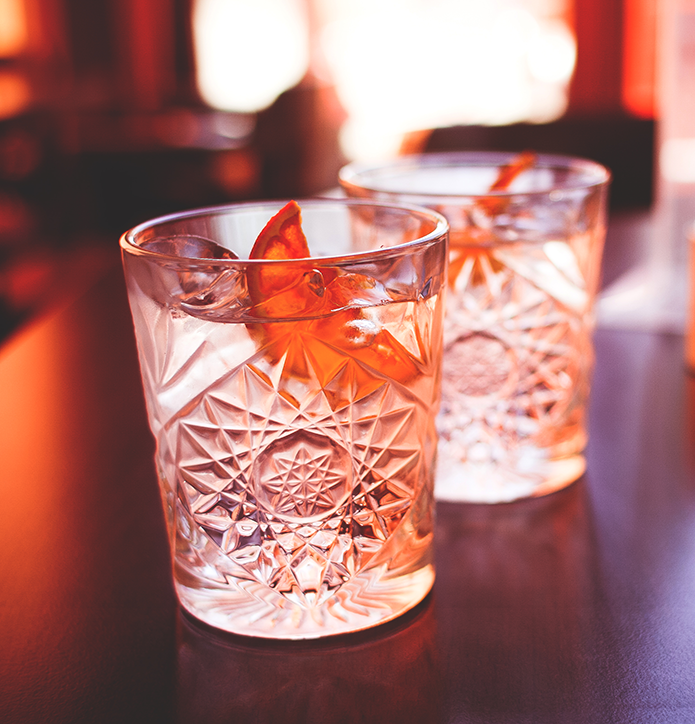
On 8 June, Tokyo Shoko Research Ltd. released its 2015 report on the alcohol retailing trade, which contains some grim news. Although firms filing for bankruptcy have shown a general decline over the past decade, there were 163 businesses that shut down operations or dissolved in 2014, making it the fourth consecutive year in which an increase has been posted.
The main factors are seen to be the ageing of Japan’s population; the so-called trend toward sake-banare (loss of interest in alcoholic beverages) among young people; and competition from convenience stores.
One more view is that a previous revision of the law controlling liquor sales aimed at controlling excessive price-cutting may have had a major impact on the growth of low-cost retailers.
National Tax Agency figures for fiscal 2014 alcohol consumption—totalling about 8.33mn kilolitres—showed a decline of 14% from a peak in 1996. By 2006, the law controlling liquor merchandising had been liberalised, effectively making such sales open to all, including convenience stores, drugstores and others. Since the closure of 118 businesses, announced in 2011, the number has risen 40%.
New regulations to discourage merchandise price-cutting—including suspension of liquor sales should a business be found to be selling items at prices below procurement costs—do not appear to be having the desired impact of protecting small retailers.